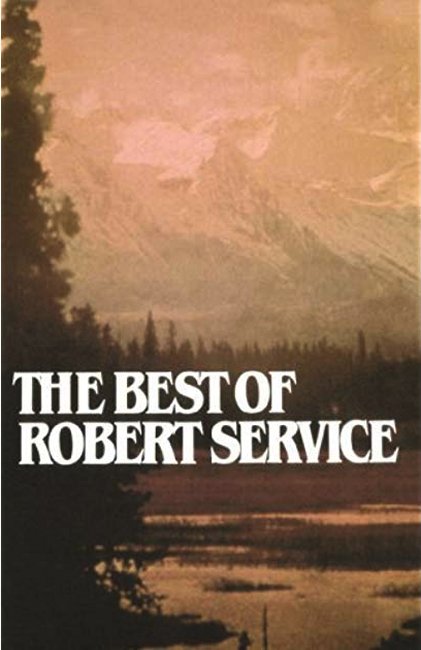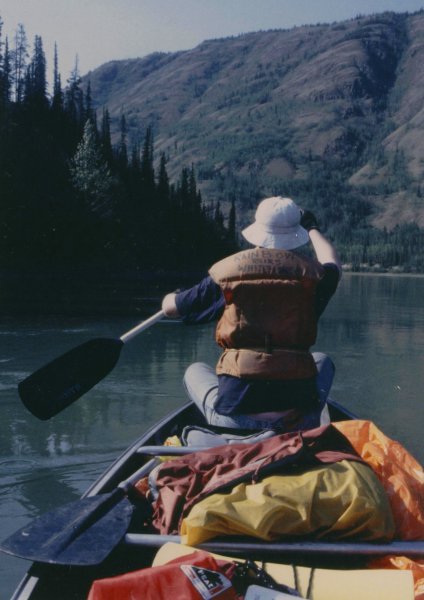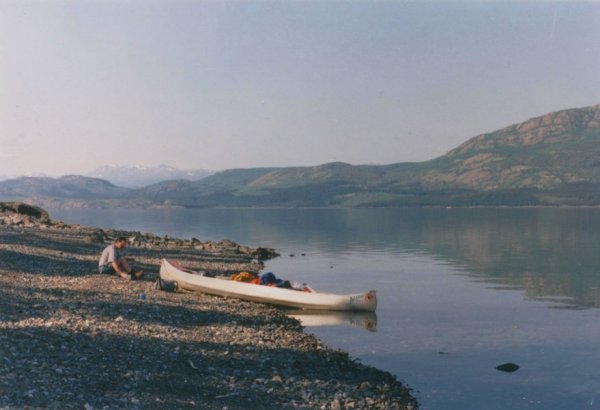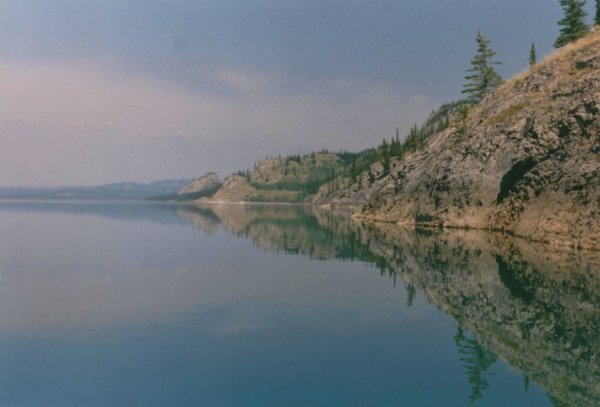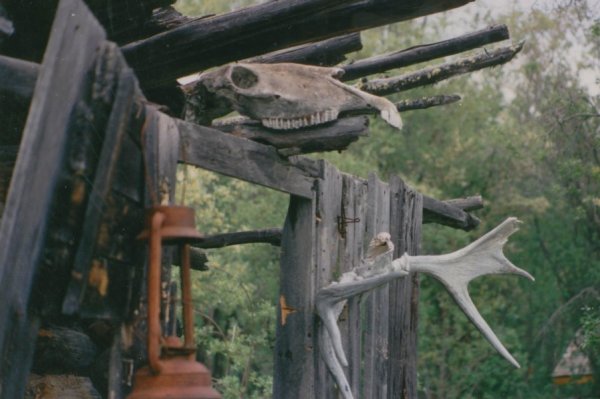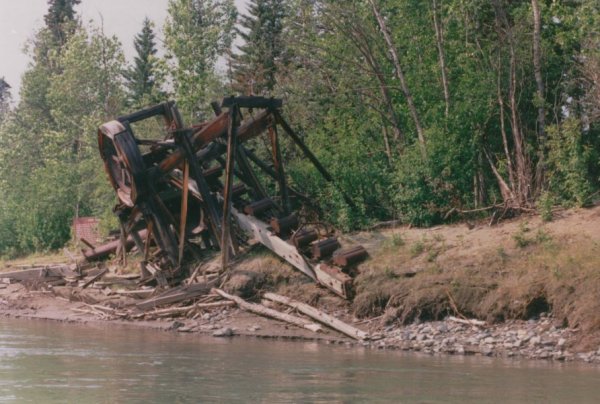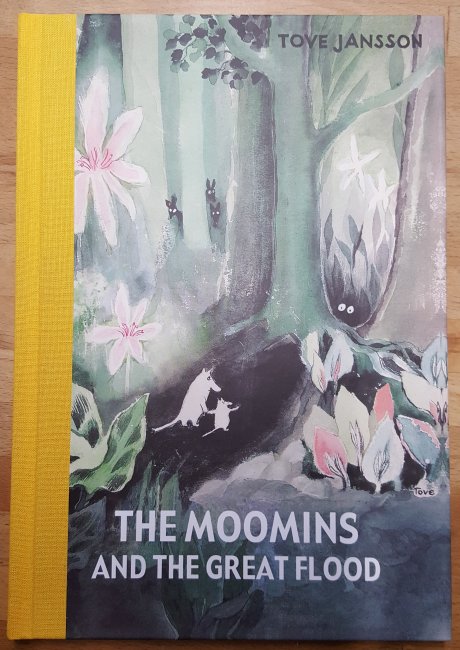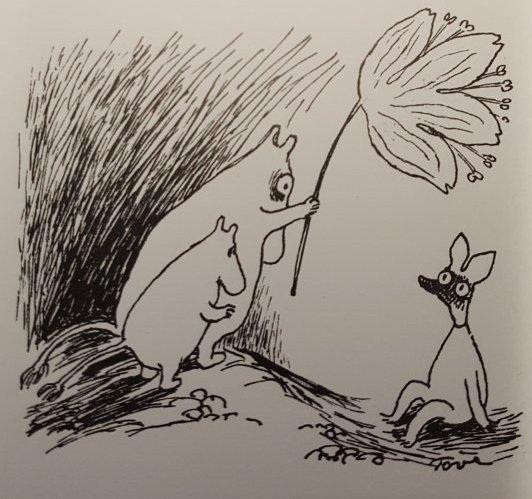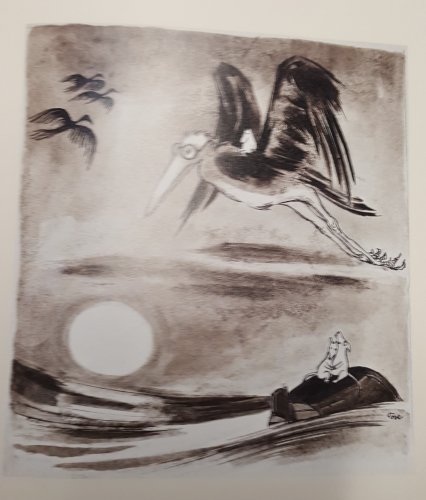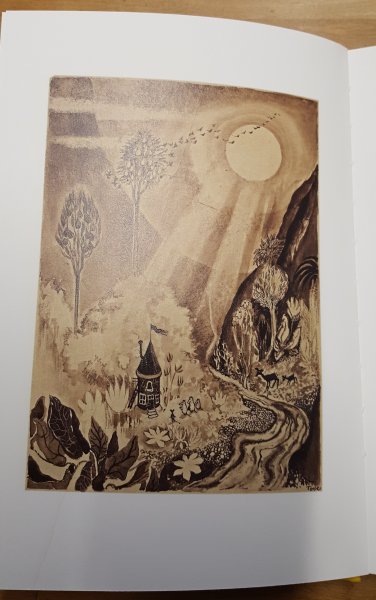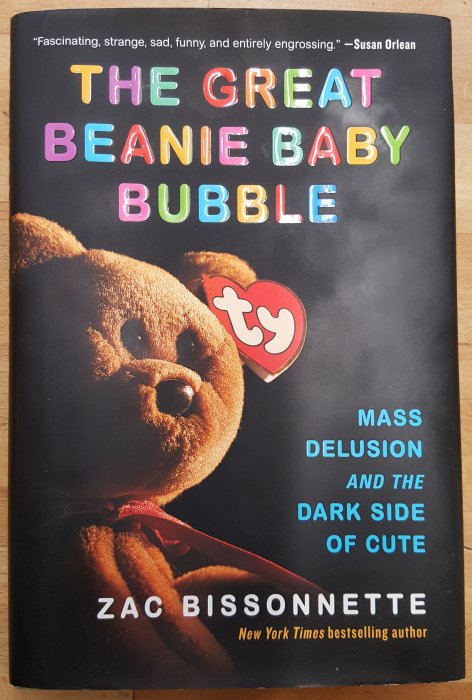Scrooge! a squeezing, wrenching, grasping, scraping, clutching, covetous, old sinner! Hard and sharp as flint, from which no steel had ever struck out generous fire; secret, and self-contained, and solitary as an oyster. The cold within him froze his old features, nipped his pointed nose, shrivelled his cheek, stiffened his gait; made his eyes red, his thin lips blue; and spoke out shrewdly in his grating voice. A frosty rime was on his head, and on his eyebrows, and his wiry chin. He carried his own low temperature always about with him; he iced his office in the dog-days; and didn’t thaw it one degree at Christmas.
As I post every Tuesday and 25th December 2018 is a Tuesday then there seems only one book that could be covered for the post going live that day. It’s become an annual tradition for me, I read A Christmas Carol every December and usually watch the 1951 Alistair Sim film Scrooge as well, which for my taste captures the flavour of the book best, it is also the most copied sometimes shot for shot in subsequent adaptations. If you want to see it you may need to buy the DVD as they are pretty good at taking down versions on youtube but at the time of writing this was working. It is particularly good at visualising the original John Leech illustrations, each of which are seen within the film. Now it does take several liberties with the original including inventing a character and moving another from one position to another but it does it without messing with the moral of the tale and it can be excused for adding back story to what is actually barely a novella at 28,857 words or just seventy five pages in the classic Nonsuch Press edition in order to make a film.
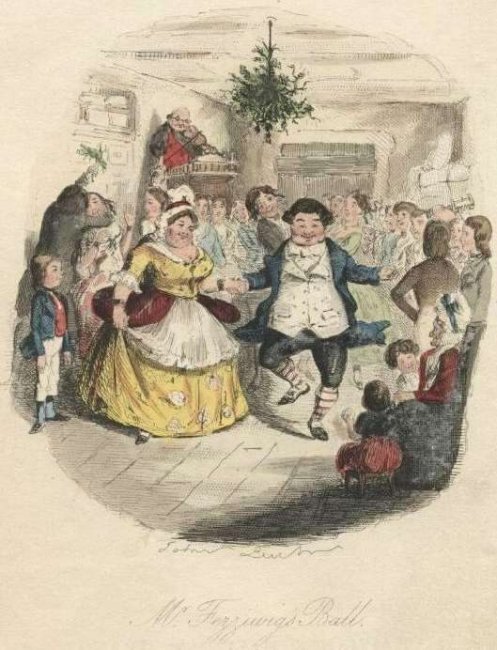
It’s not unreasonable to describe Dickens as the father of the modern Christmas, in his five Christmas books if he didn’t actually invent ‘traditions’ he did at least popularise family gatherings with turkey or goose and revived the moribund celebrations that had come to exemplify his time as people moved to the cities and families spread out losing contact. The Christmas tree was introduced to the UK from Germany by Prince Albert but it was Dickens referring to it in one of his other Christmas books and Leech’s etchings of fir branches decorating the house for the Ghost of Christmas Present that really spread the idea. The hale and hearty feast, the family gathering and the spirit of Christmas (dressed in green as this is before Coca Cola turned things red) a roaring fire and welcome to all, this is what Dickens has given us.
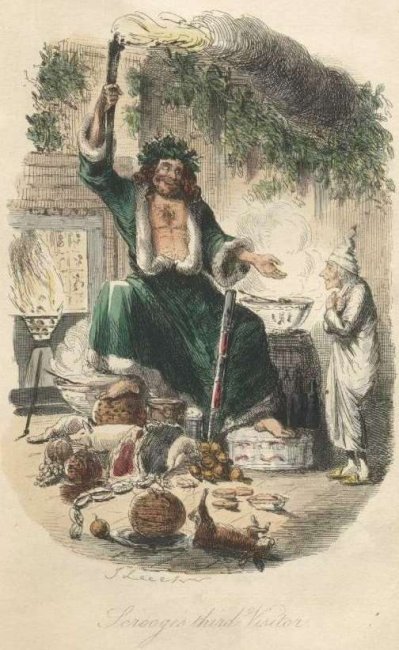
This isn’t an attempt to review the book, pretty well everyone knows the story and if you don’t you can read it for free on Project Gutenberg. The tale of a miser who comes to understand what Christmas is all about with the assistance of the ghost of his business partner and three spirits representing the past, present and future is the quintessential story for this time of year. The tale of why those that can help others should help others, especially at this time of year is one that bears regular retelling. I have two copies, one is the King Penguin edition which makes a good attempt to look like the original edition and I also have the Duckworth Press volume of all five Christmas Stories.
The original book was published 175 years ago today as I write this, coming out on 19th December 1843 and had sold out by Christmas Eve, it went on to be published in ever increasing numbers but Dickens never made much money from the printed editions. The printing cost was too high for the retail price that Dickens himself insisted on for him to make anything much. It was only when he took it to theatres and read the book as a performance that he started to cover the costs and actually profit from his work.
There is no better way to finish than as Dickens himself ended A Christmas Carol
He became as good a friend, as good a master, and as good a man, as the good old city knew, or any other good old city, town, or borough, in the good old world. Some people laughed to see the alteration in him, but he let them laugh, and little heeded them; for he was wise enough to know that nothing ever happened on this globe, for good, at which some people did not have their fill of laughter in the outset; and knowing that such as these would be blind anyway, he thought it quite as well that they should wrinkle up their eyes in grins, as have the malady in less attractive forms. His own heart laughed: and that was quite enough for him.
He had no further intercourse with Spirits, but lived upon the Total Abstinence Principle, ever afterwards; and it was always said of him, that he knew how to keep Christmas well, if any man alive possessed the knowledge. May that be truly said of us, and all of us! And so, as Tiny Tim observed, God bless Us, Every One!

